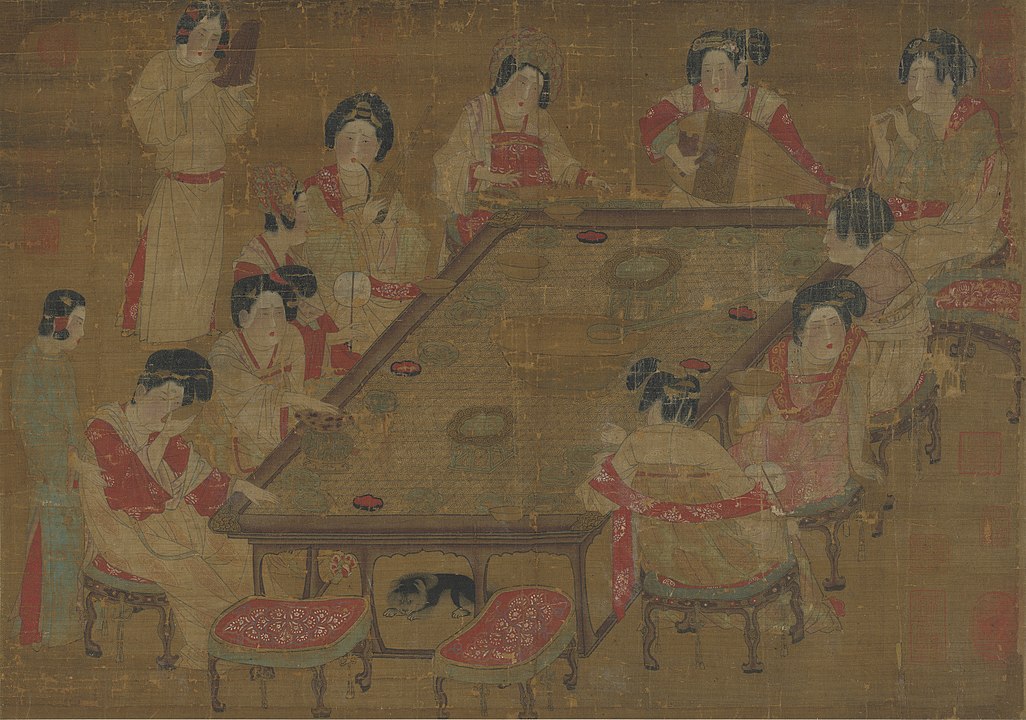The history of sandalwood
"Old Tang Book Music Records" contains: "The sandalwood board is as long and wide as a hand, more than an inch thick, and it is connected with Wei, and it is struck instead of Bian". Duan Anjie's "Yuefu Miscellaneous Lu" in the Tang Dynasty contains: "Yibu Music" has iron sandalwood plates and pots of reeds. At that time, sandalwood boards had been used in Yan music in the court and San music popular among northern folk. Poets in the Tang Dynasty once wrote poems for sandalwood boards. For example, Zhu Wan said in "Winging Sandalwood Boards": "Going to the festival, the heart is long, and the ropes are impressive. It should be noted that the pieces of wood are used, not loose materials. If you are still worried and reconciled, it will be difficult. If you can master it personally, I would like to be happy together.” There is also a sentence in Du Mu’s poem: “The sandalwood board in the painting hall is broken in autumn, and one quote sometimes connects ten gongs”.
It can be seen from the image of hitting the sandalwood board in the music and dance stone carvings of Wangjian’s tomb in Chengdu that the sandalwood board was an important rhythm instrument in the court orchestra of the former Shu Dynasty in the Five Dynasties. Among the musical instruments of the Tang Dynasty, the musical instrument that controlled the rhythm and the beginning and the end was the Jiegu, and the singing was accompanied by the sandalwood. In the Tang Dynasty, sandalwood or mulberry was used to make sandalwood, and because the Tang Dynasty musician Huang Fanchuo was good at using this instrument, it was also called "Chuoban", which is the same as the old name of Chaoyue.

In the Song Dynasty, sandalwood boards have been used in the court's Jiaofang big music, small musical instrument ensembles, horse back music, folk instrumental music and rap music. Chen Yang's "Book of Music" in Song Dynasty contained: "The sandalwood board is as long and wide as the hand, the major ones are nine boards, and the small ones are six boards." It can be seen that the sandalwood boards in the Tang and Song dynasties were divided into large and small. In the Yuan Dynasty, the sandalwood board was recorded in the official history as a court musical instrument. "Yuan Shi·Rites and Music Records·Feast and Music Instruments": "The sandalwood board is made of wood as a board and connected with ropes."
Chen Yuanliang's "Shi Lin Guang Ji" in the Yuan Dynasty contained: ""Man Ting Fang"... Ten sandalwood boards sound rhythm Xuanqing,... The poem says: The drum beats the clear sound according to the music star,... The sound of the board is like a quiet whip." The folk instrumental music composed of flat drums, flutes and boards is the main musical instrument, and it is also the accompaniment instrument for quyi singing. It is also one of the main accompaniment instruments of Zaju. In the Ming and Qing dynasties, palace music such as Zhonghe Shaoyue, Qingyue and Fanbu ensembles all used sandalwood.
In modern Manchu folk songs and dances, sandalwood is still the main accompaniment instrument and props. In the rap and ci music of the Song Dynasty, the chuoban has become a conductor instrument that starts and stops and controls the rhythm. In the Tang Dynasty, there were mostly six pieces of Chuoban, and now there are five pieces in Fujian Nanyin, and after the evolution of Chaole, it was changed to three pieces. There are two holes on the board, which are pierced with red silk. The player hangs the Chuo board in the left hand, and holds the drum hammer in the right hand.
 渝公网安备 50010702504639号
渝公网安备 50010702504639号